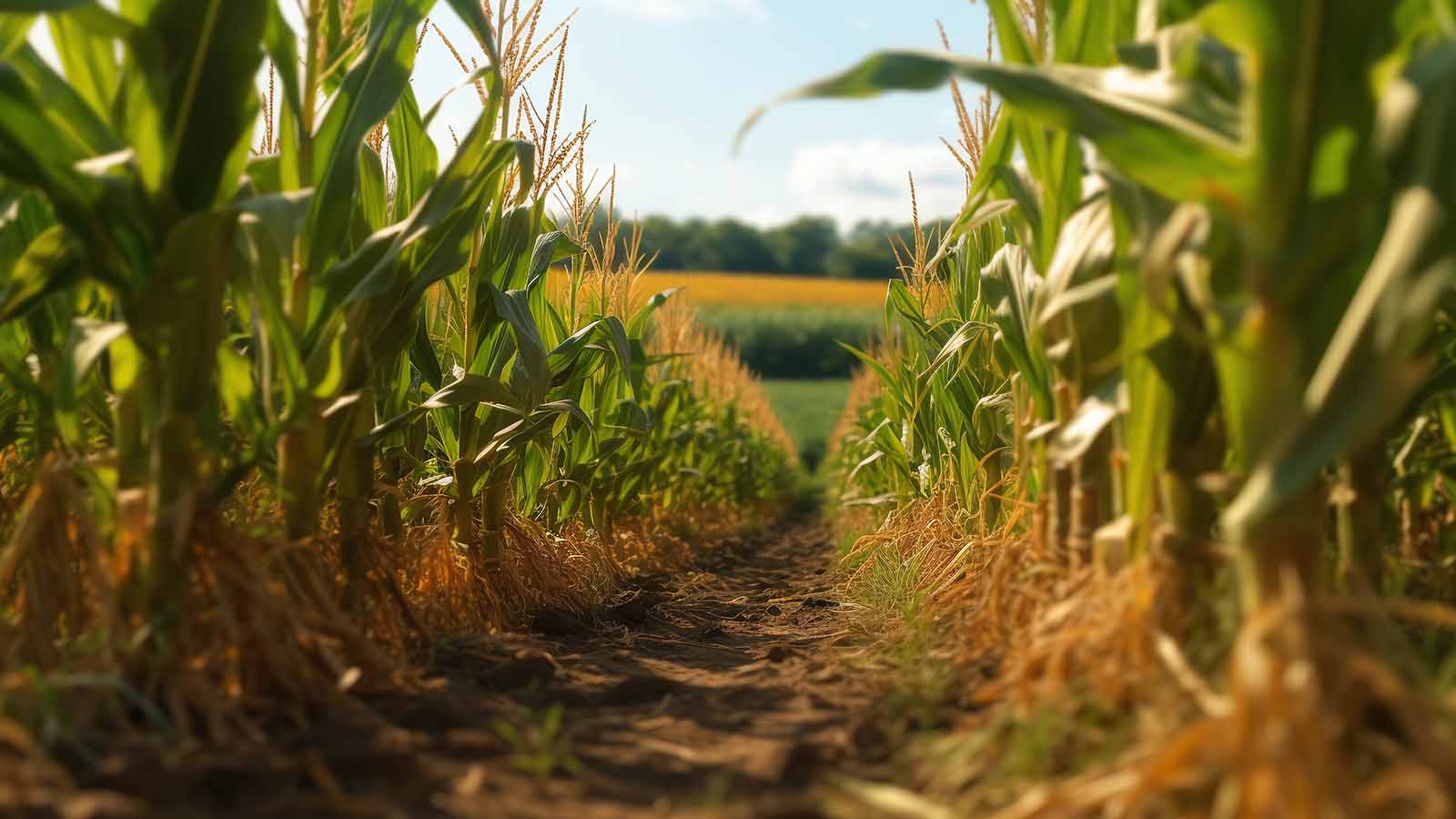Sometimes referred to as natural capital, natural assets describe the natural elements that contribute to the productivity of a farm, such as soil, water, air and biodiversity. While in many cases industrial agriculture has expedited food and fiber production and pest and weed control, these practices have often been at the expense of natural resources. With a growing focus on sustainable farming practices, attention is once again directed towards recognising the ecological and economical importance of natural resources.
At Growing Country, we believe that healthy natural assets in farming are the building blocks for creating productivity. We speak to farmers, practitioners and experts for their practical management strategies to protect and increase the health and value of your natural assets. Some of their most common suggestions include the following:
Soil: Soil health lies at the core of a productive and biodiverse agricultural system and strongly indicates a farm's future capacity. However, industrial agricultural practices are often highly disruptive, leaving soils weak in structure and depleted of nutrients-leading to a cycle of input reliance. The following practices are the top recommendations for strengthening damaged soil:
- Cover cropping: planting crops in soils otherwise bare after harvest stops soil erosion, improves water holding capacity (WHC) and microbial diversity.
- No-till farming: maintaining soil structure ensures healthy soil and all the benefits this provides such as nutrient retention and WHC.
- Compost amendments: improves microbial diversity and offers all the benefits associated with it.
Water: Without water, there would be no farming-so protecting water courses and wetlands are critical to the health of a productive land. The riparian vegetation associated with waterways helps to mitigate erosion and sustains biodiverse ecosystems of native animals. Preserving this vegetation also prolongs the presence of the waterbody. Some ways to conserve natural water assets include:
- Fencing riparian zones: This strategy is simple and inexpensive and reduces the impact of pugging (compaction of soil especially during wet periods) and fecal contamination. Alternatively, installing troughs for drinking will redirect the presence of livestock from the riparian zone.
- Planting native species: planting within the riparian zone creates a natural sediment and chemical filtration system for runoff from nearby paddocks, ensuring your water is clean.
- Keep wood debris: Broken wood or ''snags'' slow the movement of water, prolonging the existence of the waterbody. Snags may end up in your waterway naturally in the form of fallen logs and snapped branches or purposefully put in to stagger the release of water and provide habitats for wildlife.
Native vegetation and trees: Due to land clearing, much farmland today is void of crucial assets such as native vegetation and trees. Trees and shrubs provide shelter, windbreaks, and fodder for animals while native vegetation provides habitats for wildlife, including pollinating and pest-control insects. The presence of native vegetation and trees also improves soil structure, water infiltration and salinity stress. Conserving or repairing these assets can provide long-term productivity gains. Here are the best ways to do it:
- Tree planting: planting trees or shrubs alongside streams helps with stability and reduces the chances of levees breaking. Around paddocks, planting is best when done in proximity to older trees as together, they create a fortified habitat, promoting a biodiverse network for wildlife.
- Fencing: fencing paddock trees or rocky outcrops reduces the chances of pudding and root damage
- Shelterbelts/windbreaks: growing a corridor of trees creates a protective barrier against wind and erosion. It also provides shelter, habitats for native wildlife and increases soil carbon sequestration.
Biodiversity: Incorporating crop and wildlife biodiversity can create a healthy and productive farming system . Biodiverse ecosystems strengthen agricultural production through pest control and pollination as well as indirectly supporting the growth of diverse microbial communities within the soil. Farmers can enhance their biodiversity in many ways including:
Hedgerows: similar to shelter belts, hedgerows protect against wind, soil erosion and provide habitats for wildlife.
Companion planting: planting different crops together to achieve benefits like controlling weeds and pests, enhancing pollination, attracting beneficial insects, using space efficiently, and increasing crop yield.
Wildlife corridors: created naturally with native vegetation, these corridors safely connect and protect wildlife passing through farming fields.
Multi-species forage crops: cultivating a diverse array of plant species in grazing systems together to provide a balanced and nutritious diet for livestock while enhancing soil health and biodiversity.
Air: Hidden in plain sight, good air quality is vital for the health of plants, animals and humans alike. Productive and biodiverse farming practices with healthy soils and abundant riparian vegetation boost carbon sequestration, indirectly improving air quality. Increasing native plant growth and riparian vegetation around waterways also improves air quality.



